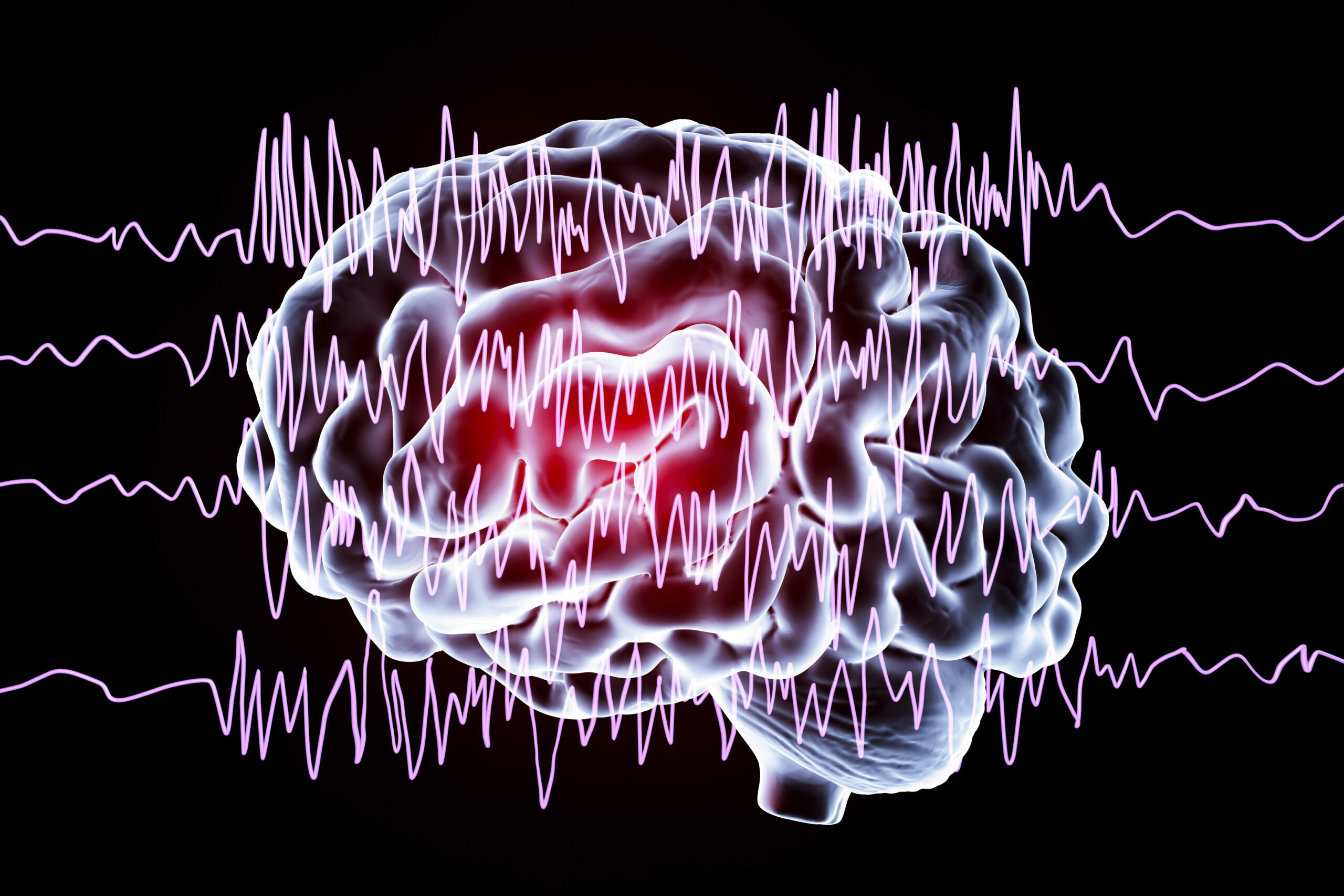Epilepsy is the fourth most common neurological condition in the world, and it is characterized by recurrent and chronic seizures. Seizures are caused by heightened and uncontrolled activity in the brain, which can sometimes result in uncontrollable physical jerking or even loss of consciousness. There are many causes for epilepsy, including brain trauma, genetic disorders, or brain infection. Unfortunately, the diverse array of seizure types and how they affect people make epilepsy very hard to treat; however, there is a lot of promising research looking into effective treatments for epilepsy.
Embed from Getty Images
Traditionally, EEGs are worn as caps on the head. However, researchers in this study are investigating a newer technique that implants electrodes inside the brain.
Image Source: fotografixx
One of the most important tools for epilepsy that neurologists use is the electroencephalogram (EEG). EEGs are used to look at the brain’s activity, which can be visualized as a “wave-like” graph. When seizures occur, the brain “waves” from the EEG are altered. In order to sense when these wave alterations occur, researchers have developed intracranial (inside the brain) EEGs (iEEG) for clinical use.
More recently, researchers at USC have developed a mathematical model that can use brain waves to predict seizures before they happen, giving patients a warning sign to prepare for an upcoming seizure event. They used iEEGs in humans and canines in order to test their model. Their results indicated that the inclusion of their new model more accurately predicted and classified seizures than older predictive models. However, the results did differ between patients. Due to this observation, the research team recommended that these devices should be made and utilized on an individual basis because epilepsy can affect each patient differently.
In the future, this technology can be improved to include seizure preventing methods. For example, this predictive model could be applied to an implanted device that can begin treatment when it detects seizure activity. While this method does require surgery to implant the necessary devices, it may be the first solid attempt to relieve epileptic people from chronic seizures. By reducing seizures for individuals with chronic epilepsy, millions of people can return to a normal life without seizures.
Featured Image Source: Kateryna_Kon










